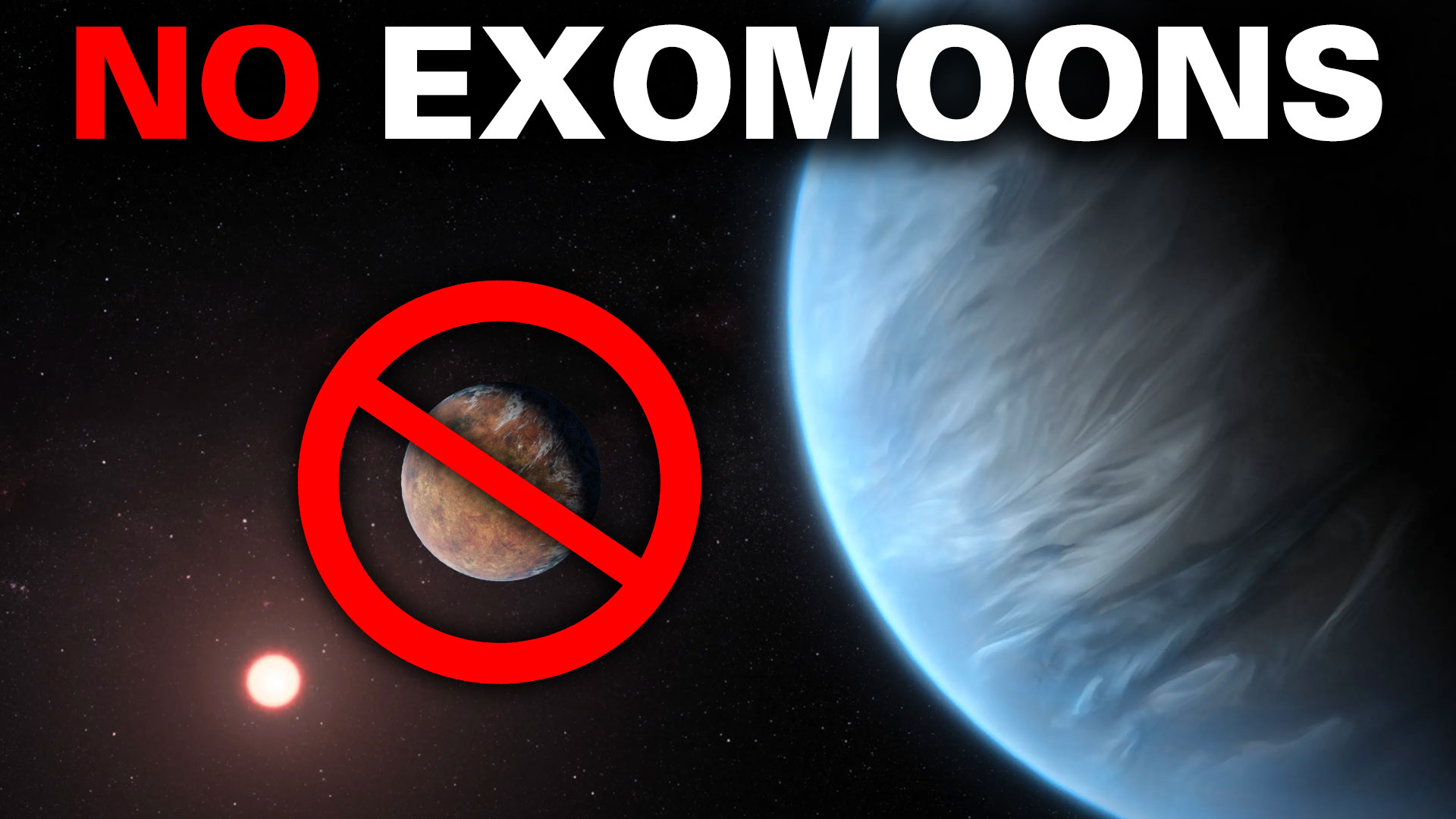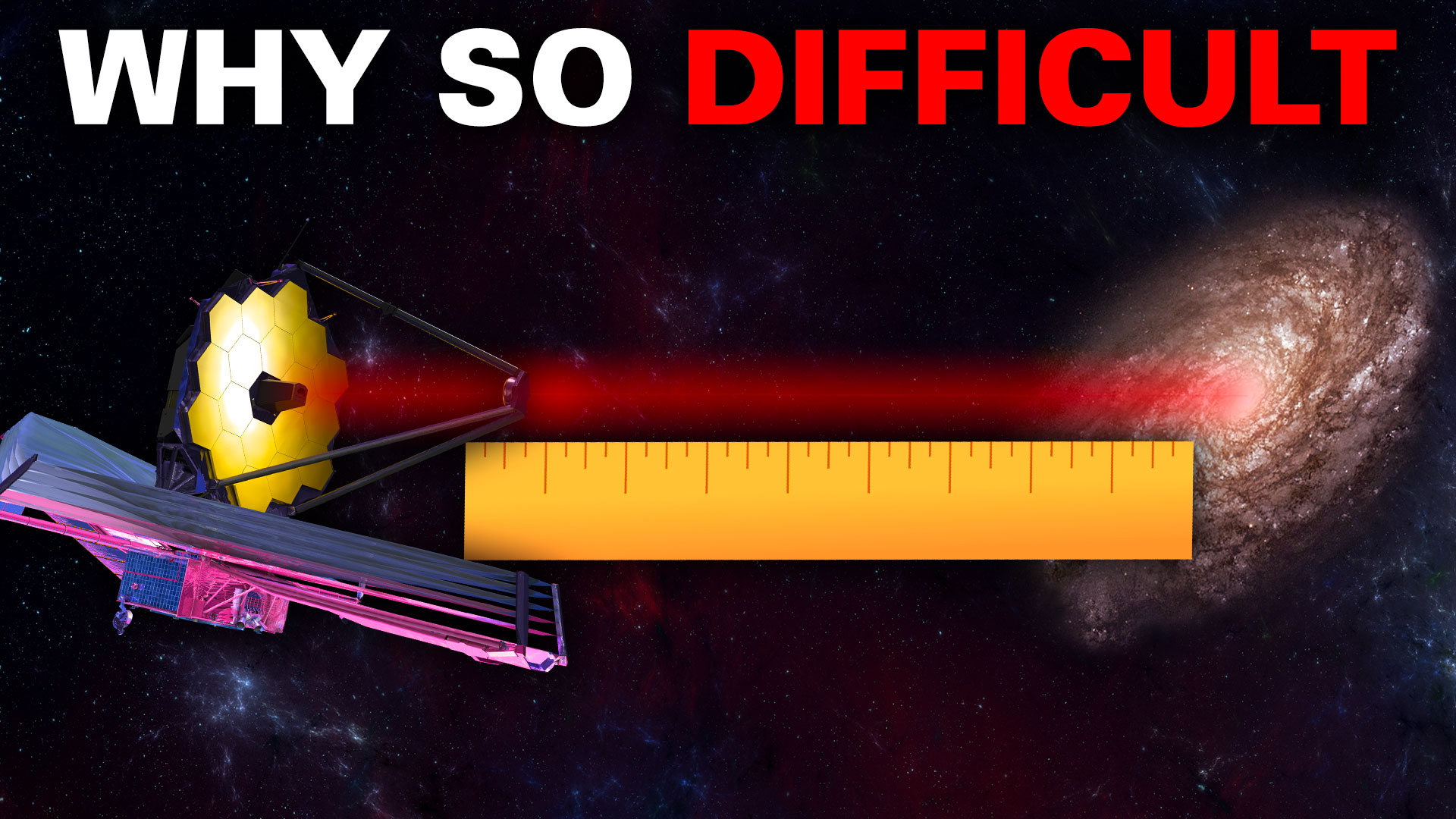Star formation is happening all around us in the Universe. However, there is still plenty we don’t know about it, including, as a recent press release points out, something that every astronomy textbook points out – we don’t know the size of the smallest star. Most current answers in those textbooks refer to an object known as a brown dwarf, a cross between a star and a giant planet. Recently, the James Webb Space Telescope (JWST) found what is believed to be the smallest brown dwarf ever discovered – and it weighs in at only 3-4 times the weight of Jupiter.
Continue reading “JWST Finds the Smallest Free-Floating Brown Dwarf”JWST Finds the Smallest Free-Floating Brown Dwarf










